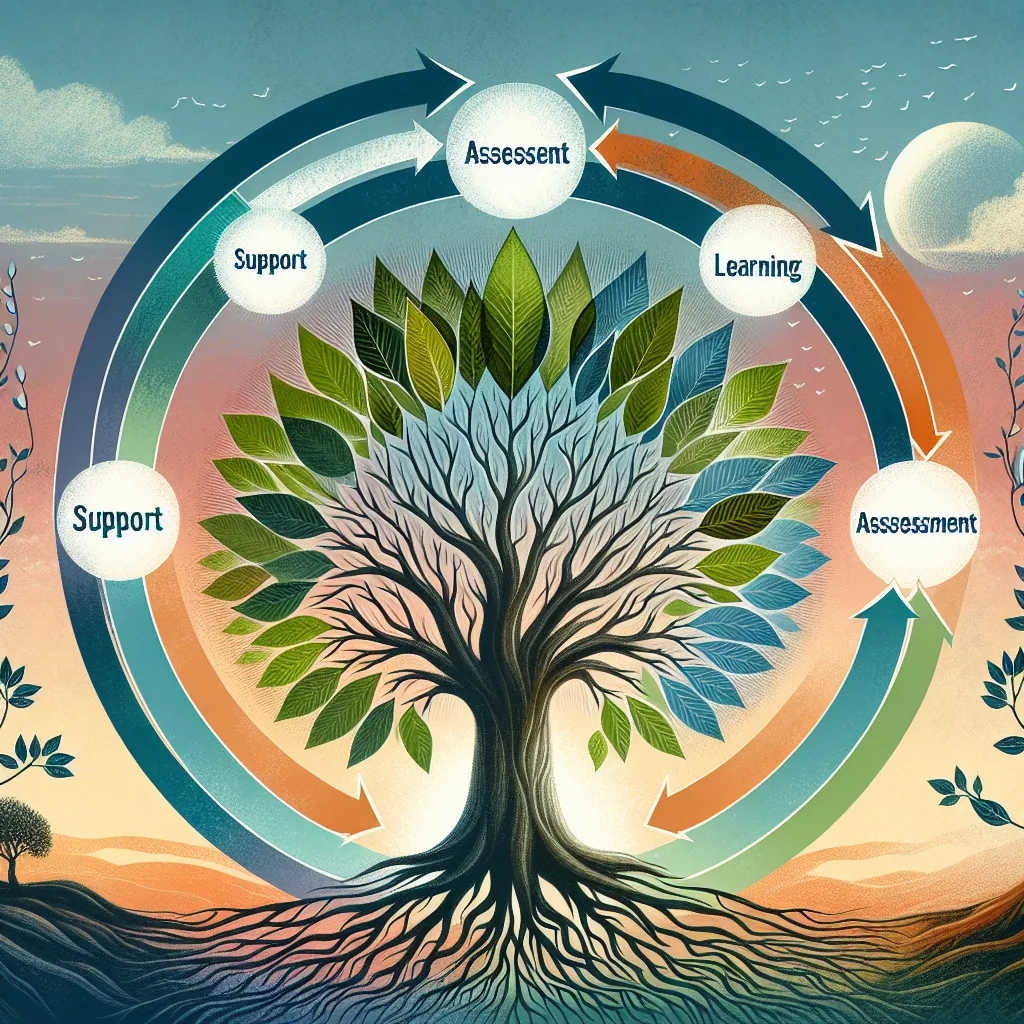Ask AI on The Internet
Question: Formative assessment is most often conceptualised as feedback given to learners during the daily classroom engagement or teaching event which serves to improve and deepen student learning by giving them feedback on their progress (Harlen and James, 1997: 2006). It also helps teachers to make decisions about the next learning milestone students could achieve (Bennett, 2011). It explicitly creates opportunities for learners to get more practice, engage more deeply and widen their learning so as to become more competent at a specific practice or way of knowing/being. However, there may be challenges with formative assessment because of the way learners and teachers sometimes perceive it. Although it is needed to foster deep learning, learners may not take it seriously or teachers may place less emphasis on it than on summative assessment. Learners may not be encouraged to be actively involved in the process of formative assessment as they are not always taught or encouraged to do so. Summative assessment Summative assessment is most commonly associated with evaluation and is used to certify the achievement of a certain level of education and to make judgemental educational decisions. At a very basic level, we could regard formative assessment as assessment for learning (AfL), and summative assessment as assessment of learning (AoL). While formative assessment serves the intrinsic needs of the educational process, summative assessment serves the extrinsic needs of the educational process (HEQC, 2004: 134). Learners often take summative assessment more seriously because they perceive it to have higher stakes. Question 1: 1.1. Read the text above and explain the difference between formative and summative assessments and briefly discuss how each type of assessment contribute to the overall assessment process.
Formative and summative assessments are two distinct but complementary modes of evaluation used within educational settings to enhance and measure learning. ### Differences between Formative and Summative Assessments: 1. **Purpose:** - **Formative Assessment:** This type of assessment is primarily used to provide ongoing feedback to students during the learning process. It aims to identify students' strengths and areas for improvement, helping them to develop their skills and knowledge more effectively. Teachers use formative assessment to make instructional adjustments and guide students towards the next learning milestone. - **Summative Assessment:** This type of assessment is employed to evaluate the extent of students' learning at the end of an instructional period, such as the end of a unit, course, or academic year. Its purpose is to measure and certify the achievement of educational objectives and make judgments about students' overall performance. 2. **Timing:** - **Formative Assessment:** Administered continuously during classroom engagement, allowing for real-time feedback and adjustments. - **Summative Assessment:** Conducted at specific points in time, typically at the conclusion of an instructional period. 3. **Stake and Perception:** - **Formative Assessment:** Often perceived as lower-stakes because its primary goal is to improve learning rather than to grade or rank students. There might be less emphasis from both teachers and students compared to summative assessments. - **Summative Assessment:** Perceived as high-stakes due to their role in certifying achievement and influencing educational decisions such as progression to the next level or graduation. Students and teachers may place greater emphasis on these assessments. ### Contributions to the Overall Assessment Process: 1. **Formative Assessment:** - **Improvement and Engagement:** By providing continuous feedback, formative assessment encourages students to engage more deeply with the material, practice regularly, and correct misunderstandings promptly. It fosters a growth mindset and helps students to become more competent in specific practices or areas of knowledge. - **Instructional Adjustments:** For teachers, formative assessment data is invaluable for making real-time adjustments to teaching strategies, ensuring that lessons meet the needs of all students. It supports differentiated instruction and helps in identifying areas where additional support might be needed. 2. **Summative Assessment:** - **Certification:** Summative assessments certify the level of achievement students have reached after an instructional period, thereby validating their learning progress and competence. - **Accountability and Decision Making:** These assessments provide a clear record of student performance that can be used for making significant educational decisions, such as student advancement, placement, and qualification for certain programs or certifications. They also hold educational institutions accountable for their instructional quality and effectiveness. In conclusion, both formative and summative assessments play vital roles in the educational process. Formative assessments provide the ongoing, constructive feedback necessary for student development, while summative assessments serve to evaluate and validate learning outcomes, guiding educational decisions and ensuring accountability. Together, they create a comprehensive assessment system that supports and measures student learning effectively.
Think your answer is better than the AI's? Post it below.
Other Most Relevant Posts:
Question Tags
If you want your question answered by an AI, click here.







Post your own comment: